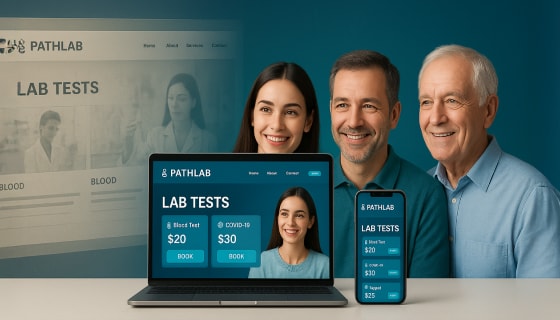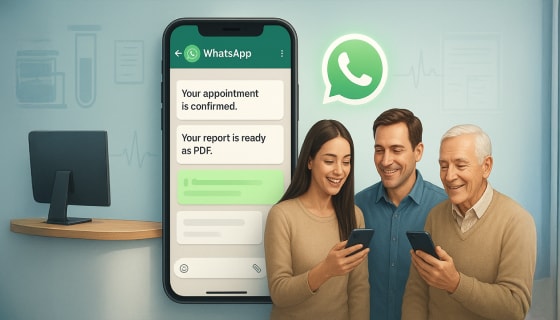How to Get More Patient Reviews!
- Ask at the Right Time: Right after a successful treatment, patients are often happy to share their experiences.
- Make It Easy: Send a direct review link via email or text—quick and simple.
- Respond Quickly: Thank patients and address concerns to show you care.
- Keep It Real: No Rewards for Reviews—Authenticity Matters!
Must-Have Tools to Track Your Local SEO
- Google Analytics helps to track visitors, behavior, and conversions. Use UTM links for campaigns!
- Google Search Console provides insights into rankings, search terms and helps you fix site issues.
- Google My Business monitors profile views, actions, and popular searches.
- Local SEO tools, such as BrightLocal, Moz Local, and SEMrush, help track rankings and competitors.
Conclusion
Local SEO begins with taking small steps, such as optimizing your Google My Business profile, creating content that directly addresses your community’s needs, ensuring your site functions optimally on mobile devices, and regularly monitoring your SEO performance. It’s not a one-time fix but an ongoing journey, and the more you invest, the more patients will find and trust you when they need care most.
If you’re feeling overwhelmed or want a partner to guide you through it all, ZealousWeb is here to help. Connect with us for a complimentary 30-minute consultation call to ensure your clinic stands out in local searches and connects with more patients every day.













